Your next project will be largely based on Landscapes.…
We will be looking at Romanticism and The Sublime as a starting point and if you click here you will have a better understanding of some of the roots of landscape as a genre in contemporary photography….
The focus of your study and research is natural landscapes and the impact of ROMANTICISM and The Sublime in Landscape painting and then later, photography.
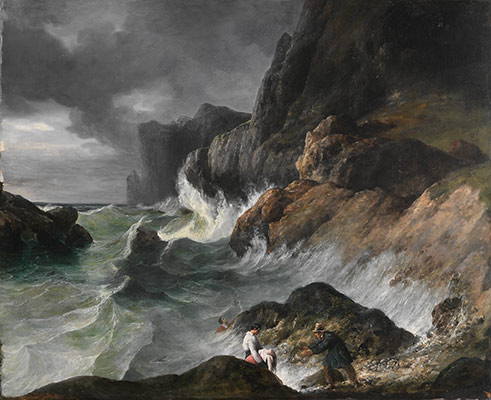
Department: European Paintings
Working Date: (1830)
Turner and Constable
Two of Britain’s greatest painters, J.M.W. Turner and John Constable were also the greatest of rivals. Born within a year of each other – Turner in 1775, Constable in 1776 – they used landscape art as a way to reflect the changing world around them.
Raised in the gritty heart of Georgian London, Turner quickly became a rising star of the art world despite his humble beginnings. Meanwhile Constable, the son of a wealthy Suffolk merchant, was equally determined to forge his own path as an artist but faced a more arduous rise to acclaim. Though from different worlds they shared a profound connection to nature, and both set their sights on transforming landscape painting, investing it with layers of meaning and emotion.
With the two painters vying for success through very different but equally bold approaches the scene was soon set for a heady rivalry. Turner painted blazing sunsets and sublime scenes from his travels, while Constable often returned to depictions of a handful of beloved places, striving for freshness and authenticity in his portrayal of nature. The art critics compared their paintings to a clash of ‘fire and water’.
Marking 250 years since their births, a landmark exhibition explores Turner and Constable’s intertwined lives and legacies. Discover unexpected sides to both artists alongside intimate insights seen through sketchbooks and personal items. Must-see artworks include Turner’s powerful and dynamic later paintings, which shocked the art critics of his day and went on to inspire Claude Monet, and Constable’s expressive cloud sketches capturing the changing light of an English sky.

Watch this film about the history and influence of Romanticism.
Watch this film about Edmund Burke and the Sublime
TIME PERIOD AND CONTEXT
The Age of The Enlightenment (1700-1800ish)
VS
The Age of Romanticism (1800-1900ish)
“Writers and artists rejected the notion of the Enlightenment, which had sucked emotion from writing, politics, art, etc. and focused too much on science, logic and reason. Writers and artists in the Romantic period favored depicting emotions such as trepidation, horror, and wild untamed nature.”
“The ideals of these two intellectual movements were very different from one another. The Enlightenment thinkers believed very strongly in rationality and science. … By contrast, the Romantics rejected the whole idea of reason and science. They felt that a scientific worldview was cold and sterile.”
The Industrial Revolution 1760-1840 was based upon the efficient exploitation of nature’s raw materials and labour as new scientific theories developed by the Enlightenment thinkers were quickly transformed into practical, money-making applications.

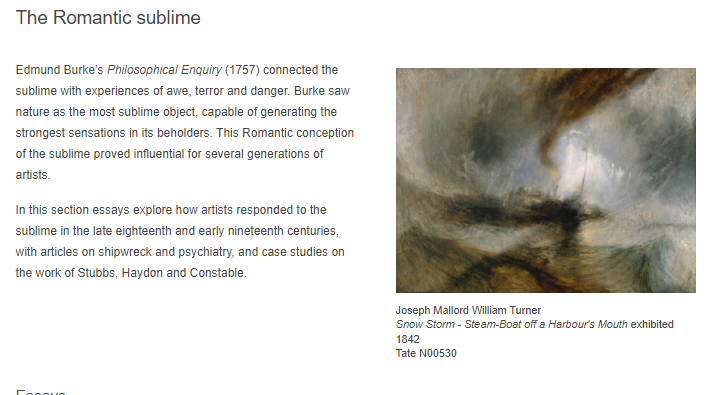

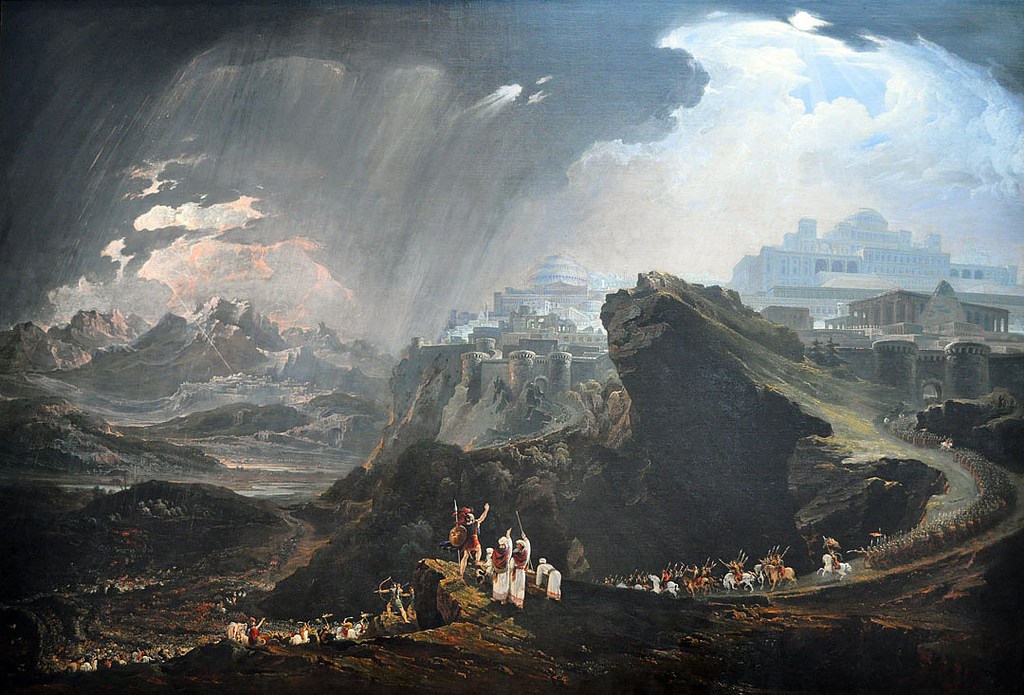
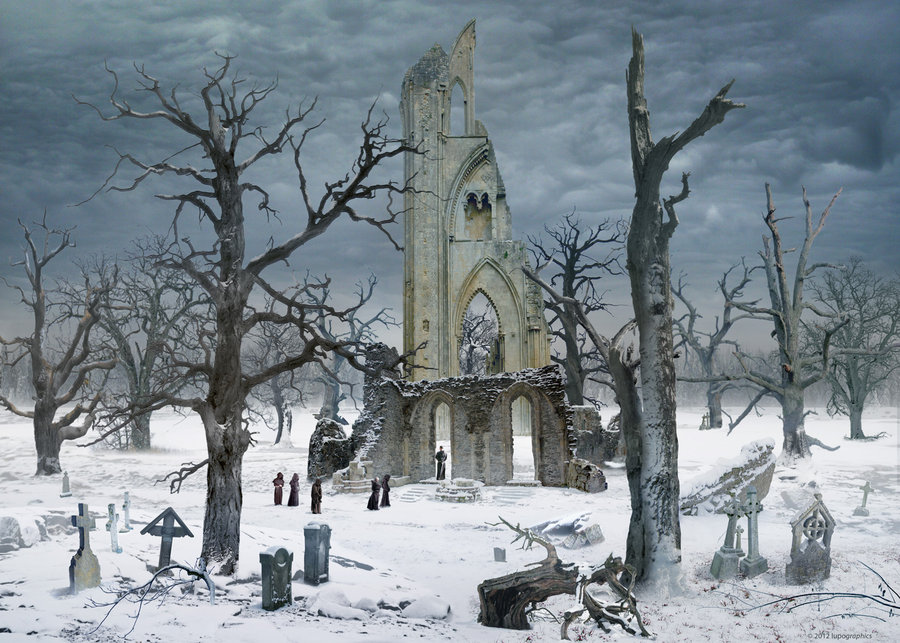
Romanticism in the Visual Arts
Both the English poet and artist William Blake and the Spanish painter Francisco Goya have been dubbed “fathers” of Romanticism by various scholars for their works’ emphasis on subjective vision, the power of the imagination, and an often darkly critical political awareness.
Social Commentary
The Romanticists often had “something to say” with their art…with plenty of discussion points, observations and interpretations.
Use the prompts below to show your understanding of John Constable’s vision of a changing countryside in early 19th England.
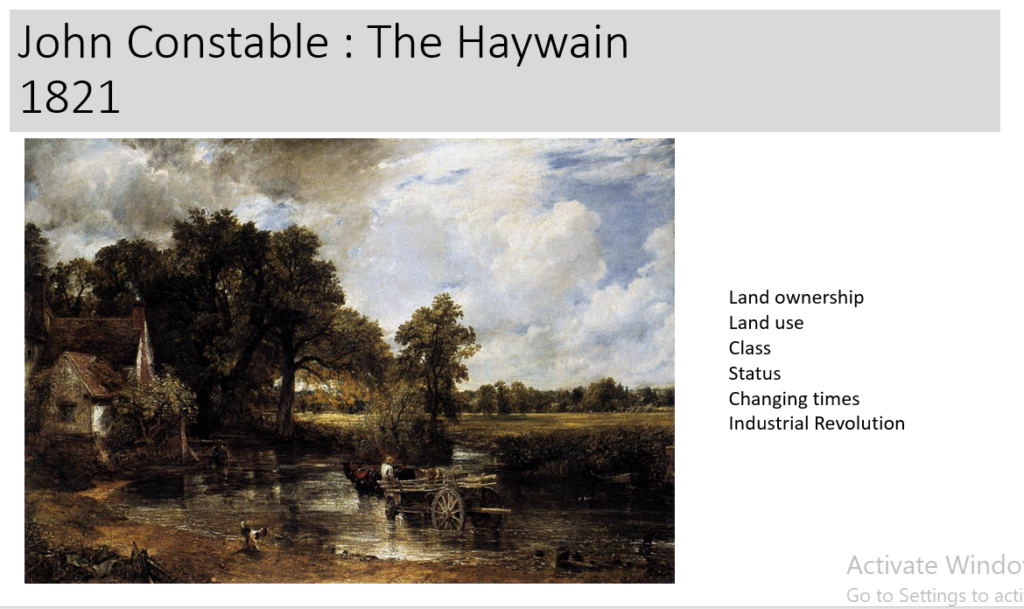
The video below looks closely at the Hay Wain. It includes everything you need to analyse this artwork.
Romanticists Fact File
Who – were they ?
What – did they do ?
When – was this taking place and what else was happening at the time ?
Where – was this happening ?
How – did all of this become synthesised ?
Why – what was driving these changes / developments
BLOG POSTS to complete…
Create a blog post that defines and explains what Romanticism is in Landscape Photography…include examples and make reference to Romanticism in other art-forms eg painting. Discuss the notion of the sublime and the picturesque.
Create a mind-map / mood-board of potential locations around Jersey that you could record and create romanticized landscape photographs of….look for extremes (either calm or wild, derelict, desolate, abandoned or stormy, battered and at the mercy of nature)
AIM to photograph the coastline, the sea, the fields, the valleys, the woods, the sand dunes etc.
USE the wild and dynamic weather and elements to help create a sense of atmosphere, and evoke an emotional response within your photo assignment.
PHOTOGRAPH before dark, at sunset or during sunrise…and include rain, fog, mist, ice, wind etc in your work
LOOK for LEADING LINES such as pathways, roads etc to help dissect your images and provide a sense of journey / discovery to them.
Take 150-200 photos of romanticised rural landscapes. . Add your edited selective contact sheets / select your best 6-10 images / include edits and screen shots to show this process. Ensure you include both monochrome and colour examples and show experimentation of producing HDR images from your bracketed shots using techniques both in Lightroom and Photoshop.
Ensure that you include the following key terms
- Composition (rule of thirds, balance, symmetry)
- Perspective (linear and atmospheric, vanishing points)
- Depth (refer to aperture settings and focus points, foreground, mid-ground and back-ground)
- Scale (refer to proportion, but also detail influenced by medium / large format cameras)
- Light ( intensity, temperature, direction)
- Colour (colour harmonies / warm / cold colours and their effects)
- Shadow (strength, lack of…)
- Texture and surface quality
- Tonal values ( contrast created by highlights, low-lights and mid-tones)

